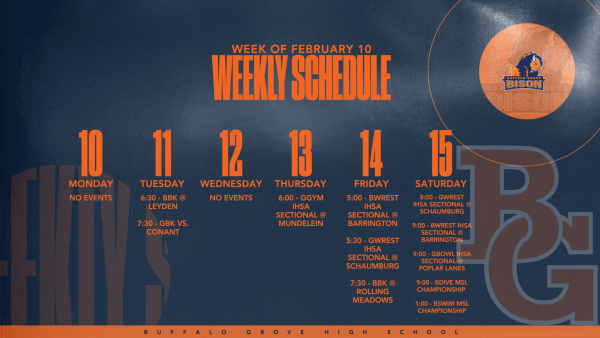Adapted Football Safety Regulations Prove Promising Results
When playing any sport, the number one concern is always surrounding the safety of it’s players. Recently, those involved in the sport of football have been a lot more concerned with safety and they have changed distinct features of the game, to help accommodate the game. Awarenesses of all different types of safety are considered, during the games and even at practices for high school athletes. These include less practices over the summer, and during the regular season, as well as hard contact hits being looked at more carefully.
“We’re actually one of the first high school teams to start hitting each other less and less during practice,” offensive coordinator Timothy Podulka said.
Injuries not only affect the hurt player, but also affect the whole team. This is why different techniques are being implemented to help decrease the number of injuries.
“We are trying to prevent leading with your helmet,” senior Tyler Oddo said. “This is where concussions are more likely going to occur.”
In addition, during practice coaches are taking a step back and giving more time off, not scheduling too many in a row. There are several different complaints from players, and even parents that have been taken into consideration. Some chief complaints are the amount of time players have to practice because of such things as weather and heat exhaustion. This yet again circles back to the amount of head to head contact, because too much time is being spent hitting one another repetitively.
“20 years ago, you [players] used to practice three or two times a day over the summer,” Podulka said. “That is a lot of kids hitting and an increased risk for injuries.”
However, this isn’t just a high school problem. It has been an issue across all levels including college and even professional programs.
“College and professional players have very strict stipulations on how often they practice, how long the practices can be and how often they can hit,” head coach Jeffrey Vlk said.
The condition of the field or the turf, can lead to injuries in some cases, it being ripped apart due to the many spiked cleats that scruff it up. This is another issue teams are hoping to fix so that it doesn’t impact the play, and how it is executed on the field.
“My roommate from college who has torn his ACL twice on field turf argues that the turf is worse for athletes because you are playing at a faster rate,” Podulka said, Which will cause more injuries to happen due to the fact that we’ve made players faster on the turf.”
Some BG players, do not think they are impacted at all based on the ground they play on. They are focused more on the hitting than anything else.
“I think the injuries usually don’t come from the ground,” Oddo said. “It would more often be from the collision itself.”
Whether you believe injuries happen over the amount of time spent practicing or the specific condition of the field, it is clear all branches of high school and professional football are making efforts to put safety first with these new rules and adaptations.
“The players are much happier because their bodies are not in pain on a daily basis,” Vlk said. “Practices usually go quicker and we spend more time teaching fundamentals.”


